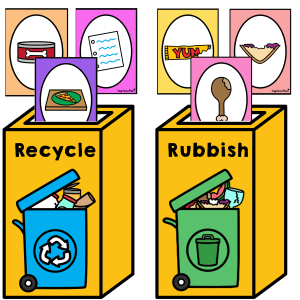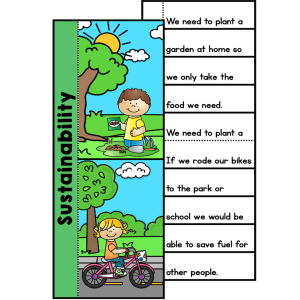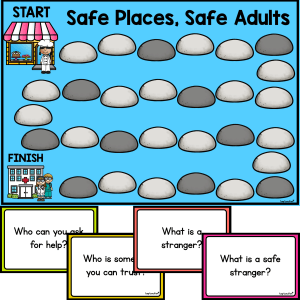How Objects Can Change Colour Worksheets

Description
How Objects Can Change Colour Worksheets are a hands-on science resource designed to help students observe and record how fruits and other objects change in colour and appearance over time. Through guided drawing and prediction, students explore the concepts of physical and chemical change, environmental exposure, and the effects of time. Ideal for early years science lessons, this resource encourages critical thinking, scientific inquiry, and detailed visual observation.
Students will compare “before and after” states of familiar fruits such as apples, pears, or bananas, either through real-life observation, classroom demonstrations, or videos. As they draw and describe changes like browning, wrinkling, or withering, they begin to connect what they see with broader scientific ideas such as oxidation, ripening, and food preservation. This is an accessible and engaging way to bring science to life in your classroom.
Key Learning Outcomes:
- ✅ Explore how materials can change physically and chemically over time
- ✅ Develop observation, recording and prediction skills
- ✅ Build scientific vocabulary related to change and decay
- ✅ Engage in visual learning through scientific drawing and comparison
- ✅ Understand environmental factors that cause change (e.g. air, time, moisture)
What’s Included:
- 2 x worksheet templates for before-and-after drawing and description
- Student-friendly layout with space for visual comparisons and written notes
- Instructions for classroom use
- Suitable for Foundation to Year 2 Science (aligned with Australian Curriculum v9)
Materials Needed:
- Printed worksheet(s)
- Pencils, crayons or markers for drawing and writing
- Optional: real fruit (e.g., apple, banana, pear), leaves or flowers
- Optional: videos or time-lapse clips showing fruit ripening or decaying
- Optional: lemon juice or water for simple experiments
How to Use:
- Select and print your preferred worksheet template for the activity
- Introduce the lesson with a live demonstration, real objects, or video showing how fruits or leaves change over time
- Students draw the object in its initial state (e.g., fresh fruit), then again after a period of change (e.g., browned, spotted, wrinkled)
- Encourage the use of descriptive words to label the differences between the two states
- Display student work or compile into a class chart documenting changes over time
Ideas for Classroom Use:
- 💡 Create a time-lapse chart where students update their drawings daily over several days
- 💡 Use the worksheets in a Science rotation focused on observation and comparison
- 💡 Pair with a discussion or read-aloud about food freshness and storage
Top Teacher Tips:
- 💛 Let students personalise their experience by choosing their own fruit or object to observe
- 💛 Select worksheet versions or adjust time intervals based on student ability and attention span
- 💛 Send completed worksheets home to spark science discussions with families
How Objects Can Change Colour Worksheets are a simple yet effective way to support scientific thinking and inquiry in your classroom. Through meaningful observation and reflection, students gain insight into the processes of change and the role of environmental exposure, all while building foundational science and literacy skills.
Additional information
| Australian Curriculum Code | AC9S2I01, AC9S2I02, AC9S2I03, AC9S2U03 |
|---|---|
| File Format | |
| Number of Pages | 2 |
Australian Curriculum V9
F - 6
Lorem ipsum dolor sit amet, consectetur adipiscing elit.
Lorem ipsum dolor sit amet, consectetur adipiscing elit.
Lorem ipsum/ Lorem ipsum/ Lorem ipsum
Lorem ipsum dolor sit amet, consectetur adipiscing elit.
Lorem ipsum dolor sit amet, consectetur adipiscing elit.
Lorem ipsum/ Lorem ipsum/ Lorem ipsum
Lorem ipsum dolor sit amet, consectetur adipiscing elit.
Lorem ipsum dolor sit amet, consectetur adipiscing elit.
Lorem ipsum/ Lorem ipsum/ Lorem ipsum
Lorem ipsum dolor sit amet, consectetur adipiscing elit.
Lorem ipsum dolor sit amet, consectetur adipiscing elit.
Lorem ipsum/ Lorem ipsum/ Lorem ipsum
Lorem ipsum dolor sit amet, consectetur adipiscing elit.
Lorem ipsum dolor sit amet, consectetur adipiscing elit.
Lorem ipsum/ Lorem ipsum/ Lorem ipsum





